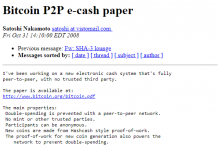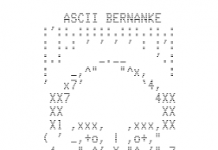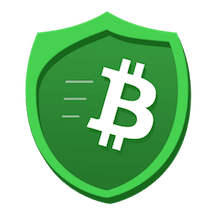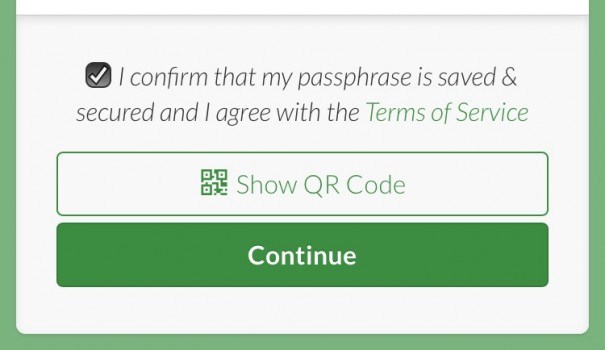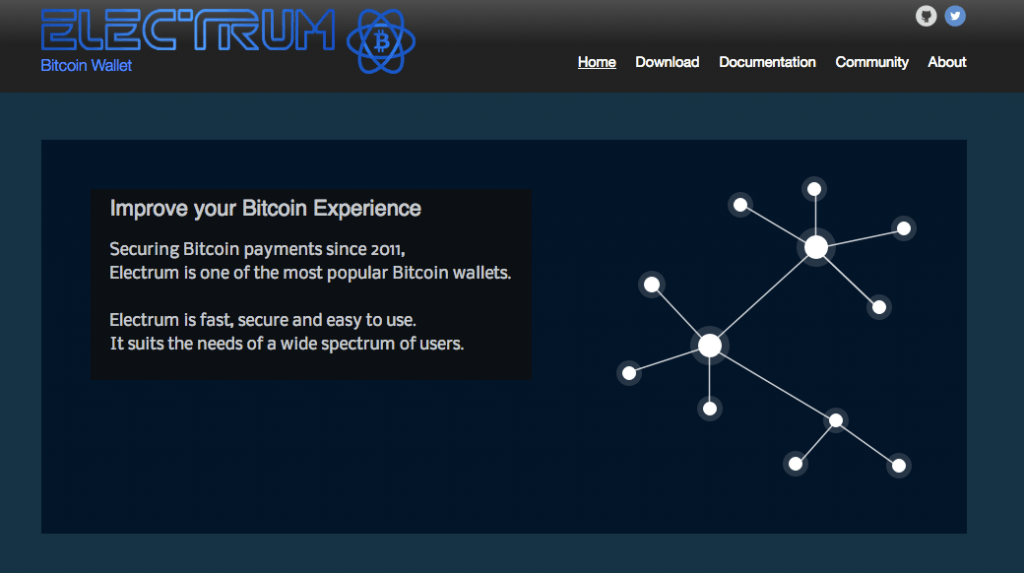One of the most popular options for keeping your bitcoins safe is something called a paper wallet. Here we explain how to transfer all those digital coins into a physical paper form using just a printer.
Note that in this guide we’ll be talking about bitcoin. However, the basic concepts apply to any other cryptocurrency; for example, litecoin.
What is a wallet and why do I need one?
 A bitcoin wallet consists of two ‘keys’. The one you’ll already likely be familiar with is the public key, which is your wallet address and is how other people send bitcoins to you.
A bitcoin wallet consists of two ‘keys’. The one you’ll already likely be familiar with is the public key, which is your wallet address and is how other people send bitcoins to you.
The other part of your bitcoin wallet is the private key. It is this that enables you to send bitcoins to other people.
The combination of the recipient’s public key and your private key is what makes a cryptocurrency transaction possible.
It is important to understand that, if anyone else obtains the private key of your wallet, they can withdraw your funds – this is why it’s absolutely essential that nobody else discovers it.
So, if you keep your coins in either an online wallet, or a hard-drive-based software wallet, you are vulnerable to attacks by hackers or malware that can log your keystrokes.
Furthermore, a stolen PC or a hard-drive crash could also see you waving bye-bye to your digital treasure.
Used with care, a paper wallet can protect you from these possibilities.
What is a paper wallet?
 A paper wallet is a document that contains copies of the public and private keys that make up a wallet. Often it will have QR codes, so that you can quickly scan them and add the keys into a software wallet to make a transaction.
A paper wallet is a document that contains copies of the public and private keys that make up a wallet. Often it will have QR codes, so that you can quickly scan them and add the keys into a software wallet to make a transaction.
The benefit of a paper wallet is that the keys are not stored digitally anywhere, and are therefore not subject to cyber-attacks or hardware failures.
The disadvantage of a paper wallet is that paper and ink can degrade, and paper is relatively fragile – it’s definitely worth keeping well away from fire and water for obvious reasons.
Furthermore, if you lose a paper wallet, you’ll never be able to access the bitcoins sent to its address.
Creating a paper wallet
Here are 10 steps needed to create a paper wallet:
- To generate a new bitcoin address, open BitAddress.org in your browser (or LiteAddress.orgfor litecoin).
- BitAddress (but not LiteAddress) will ask you to create some randomness by either randomly typing characters into the form or moving your cursor around.
- You will be presented with your public and private keys and their respective QR codes. Do not scan these.
- Click the ‘Paper wallet’ tab.
- Select the number of addresses to generate.
- If you don’t wish to keep the bitcoin artwork, click the ‘Hide art?’ button.
- Click the ‘Generate’ button to create new wallets.
- Once the wallets are generated, click the ‘Print’ button to make a hard copy.
- Your browser will ask you to select the printer you wish to use. In the case of Google Chrome, you may also save the page as a PDF file.
- Make a note of the public addresses, or scan the public address QR code in your bitcoin (or litecoin) app and start depositing funds.
For users of the Blockchain.info website, there is also a basic paper wallet option too. Click on the ‘Import/Export’ option, and look for the ‘Paper wallet’ link on the left-hand menu.
A much more sophisticated option for your paper wallet can be found at Bitcoinpaperwallet.com.
This website offers a tamper-resistant design of paper wallet. It is also possible to order holographic labels to demonstrate that the wallet hasn’t been tampered with. It also supplies a live-boot Ubuntu CD with paper-wallet software pre-installed.
Security Concerns
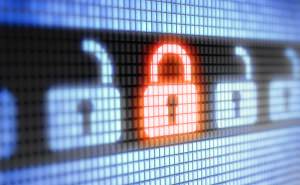 Given the implications and risks of storing large amounts of money, you may want to take serious precautions for how to go about creating your paper wallet and storing it afterwards.
Given the implications and risks of storing large amounts of money, you may want to take serious precautions for how to go about creating your paper wallet and storing it afterwards.
- Do not let anyone see you create your wallet.
- BitAddress and LiteAddress both support encryption of private keys through the BIP38 algorithm. This provides two factor authentication for your paper wallet; ie: something you have (the paper wallet), and something you know (the passphrase). Also note, that you will have to use the same website in the future to decrypt the private key.
- To rule out the risk of any sort of spyware monitoring your activity, you should use a clean operating system. A good way to achieve this would be to create a USB flash drive or DVD with a ‘LiveCD’ Linux distribution, such as Ubuntu.
- Furthermore, once a paper-wallet has been set up via a website, it should be possible for the website code to run offline. Therefore, before creating the private and public keys, take your computer offline before generating the keys.
- For ultra-tight security, print the paper wallet from a printer that is not connected to a network.
 Tips for keeping your paper wallet safe
Tips for keeping your paper wallet safe
- Store the paper wallet in a sealed plastic bag to protect against water or damp.
- If your paper wallet isn’t folded you could laminate it for durability and proof against water.
- If you have one, store your paper wallet in a safe to protect from theft and fire.
- You could entrust the paper wallet with a solicitor. For example, the person who holds your last will & testament.
- For added redundancy, you may store a wallet in several locations. Some bitcoiners use trusted family members, others use deposit boxes.
Exporting private keys from altcoin wallets
If you want to create a paper wallet for a lesser-used currency that doesn’t have an address generator website, there is still a way to achieve this.
What every alt-currency does have is a variation of the Bitcoin-Qt wallet application.
- Goto the ‘Receive’ tab, where your wallet addresses are listed.
- Right-click on the address you wish to save, then copy the address to the clipboard.
- Click the ‘Help’ menu and select ‘Debug’.
- In the ‘Console’ tab, enter “dumpprivkey” and paste in the wallet address.
The console will then display the private key of that wallet.
You then have the public and private keys of the wallet. You can print these ‘as is’, or you can opt to generate QR codes to print.
However, the wallet details will still exist in your computer. The only way to remove them it is to open your file explorer in the ‘C:\Users\[YourUsername]\AppData\Roaming\[Wallet App Name]\’ folder and delete the ‘wallet.dat’ file.
NOTE: this will remove all addresses held in the software wallet, and you should make sure that there are no funds remaining in the other addresses you will be deleting.
Now you should be the proud owner of an unhackable paper wallet for your digital currency. If a paper wallet is not for you, however, you could use your own mind with a brain wallet.




